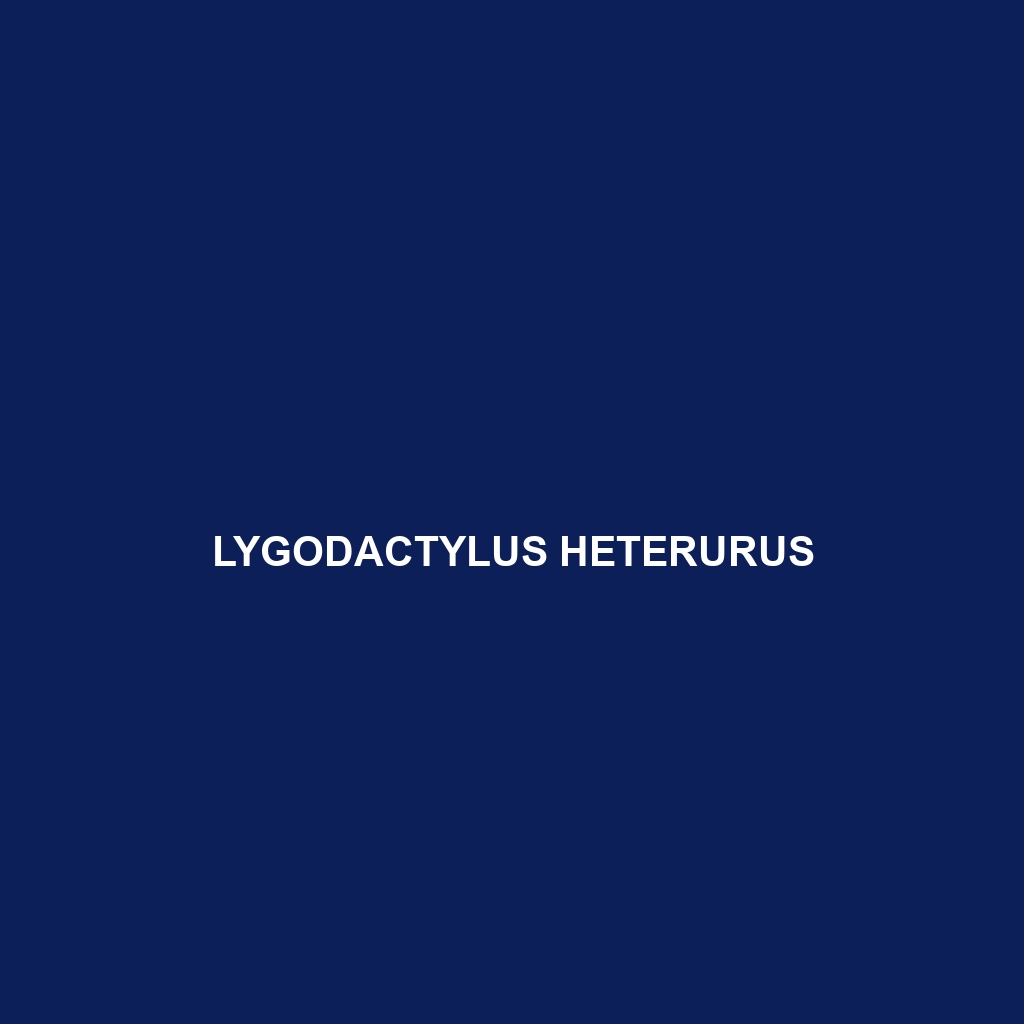<p><b>Prasinohaema semoni</b>, commonly known as the Green Tree Lizard, is a vibrant insectivorous reptile native to the rainforests of New Guinea, exhibiting striking green coloration for camouflage and remarkable climbing skills. This agile species plays a crucial role in its ecosystem by helping control insect populations and serves as both predator and prey, showcasing unique behavioral adaptations.</p>
Tag: reptile habitat destruction
Prasinohaema semoni
<p><b>Prasinohaema semoni</b>, commonly known as the Green Tree Lizard, is a vibrant insectivorous reptile native to the rainforests of New Guinea, exhibiting striking green coloration for camouflage and remarkable climbing skills. This agile species plays a crucial role in its ecosystem by helping control insect populations and serves as both predator and prey, showcasing unique behavioral adaptations.</p>
Pachydactylus caraculicus
<b>Pachydactylus caraculicus</b> is a medium-sized nocturnal gecko native to the arid regions of southern Africa, featuring a striking sandy beige to brown coloration with dark spots for effective camouflage. Primarily insectivorous, this adaptable species thrives in rocky terrains and plays a crucial role in its ecosystem by controlling insect populations.
Lygodactylus heterurus
The Lygodactylus heterurus, or spotted dwarf gecko, is a vibrant, small gecko native to East Africa, thriving in tropical habitats and characterized by its agile movements and distinctive coloration. As nocturnal insectivores, they play a crucial role in controlling insect populations while demonstrating fascinating behaviors and reproduction strategies.
Cyrtodactylus tanim
Cyrtodactylus tanim, a vulnerable gecko species native to Southeast Asia's tropical rainforests. With its distinctive patterned skin and adept climbing abilities, this nocturnal insectivore plays a crucial role in maintaining ecological balance in its habitat.





